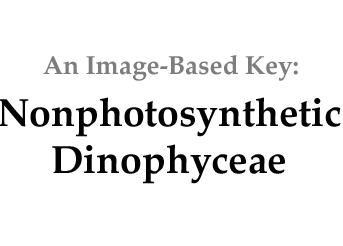|
|
||||
|
|
|
|
||
Click on thumbnail for larger image |
||||
| Toxicity | ||||
Toxic marine genera are responsible for massive fish kills and paralytic shellfish poison. The most common dinoflagellate toxin is saxitoxin, a neurotoxin 105 times more potent than cocaine. The most notorious producer of saxitoxin on the west coast of North America is Protogonyaulax catenella, and on the east coast Gessnerium monilatum. Both have been known to cause paralytic shellfish poisoning (PSP). A second toxin, found in the dinoflagellate Ptychodiscus brevis, is brevitoxin, an assemblage of various polyether alcohols that produce fish kills, and may also cause poisoning in humans when it accumulates in the tissues of shellfish.
|
||||
|
References: |
||||
Hackett, J.D., D.M. Anderson, D.L. Erdner and D. Bhattacharya 2004. Dinoflagellates: A remarkable evolutionary experiment. American Journal of Botany 91(1):1523-1534.
Skovgaard, A.; Massana, R.; Balagué, V.; Saiz, E. 2005. Phylogenetic position of the copepod-infesting parasite Syndinium turbo (Dinoflagellata, Syndinea). Protist156(4): 413-423. Smith, G.M. 1950. The Freshwater
Algae of the United States.
Steidinger,
K.A., and K. Jangen 1996. Dinoflagellates. In: Identifying Marine Phytoplankton. C.R. Tomas, ed. (pp387-584).
|
||||







